Jasper Mulder’s one of a kind Daytona 1000 café racer…
In the 1980s, Moto Guzzi had no official factory racing program, but an American ex-dentist named Dr. John Wittner began making waves on his modified Le Mans racers, with his team winning the 1984 and 1985 AMA/CCS U.S. Endurance Road Race Series championship.
With funding and support from Moto Guzzi, Wittner developed a new chassis for a Battle of the Twins (BOTT) racer, which would win the 1987 Pro Twins championship. Not surprisingly, the Guzzi dons soon decided that a street version of the racer should be produced — and who better to develop it than the American Guzzi guru?
“After his team of modified Moto Guzzis won the 1984 and 1985 U.S. Endurance Championship and the 1987 Pro Twins series, U.S. Moto Guzzi guru Dr. John Wittner was made an offer he couldn’t refuse. Summoned to Italy by Guzzi godfather Alejandro de Tomaso, Wittner, a former dentist turned endurance racer, was asked to help develop a new world-beating superbike.” –Motorcycle Classics

The 992cc “OHC 4V” engine was based on the iconic “big block” air-cooled Guzzi V-twin, but was in fact more of a high-cam design with the camshafts carried high in the heads, not actually overhead. Rated at 95 bhp, it made the Daytona 1000 the most powerful Guzzi ever produced, capable of hitting 145 mph. Cycle World was well impressed with the new engine:
“The result is excellent rideability, with big-time low-end and midrange power available whenever you open the throttle…” –Cycle World, 1993
The handling, aesthetics, and overall attitude of the race-inspired Daytona — named after the legendary Florida circuit where a Guzzi had won the ’85 250-mile endurance race — made waves in the Guzzi world:
“Styled at Modena, it had a race shop, hand-crafted, appearance. When it came to performance and handling the Daytona set completely new standards for a Moto Guzzi.” –MC News
Unfortunately, the Daytona 1000 wasn’t released until three years after the prototype broke cover at the 1989 Milan show, by which time much of the excitement had died off. Though it didn’t sell well, the Daytona would come to be regarded as one of the most underrated Guzzis ever made.
Recently, we heard from Jasper Mulder, a Dutch motorcycle enthusiast who works as an international contractor in marine construction.
“I always wanted a Guzzi Daytona…after years of riding / racing superbikes (mostly Aprilias) and two-strokes, trackday specials and lots of track riding, I had a huge crash on the public roads. I am very, very lucky to be here today, and after that one, it was time to slow down a bit.”
Jasper got the idea to build a modern café racer and bought a ’93 Daytona 1000 based purely on the looks of the engine.
“After one test ride it was obvious that it needed a lot of improvement. Steering was slow, brakes crap, heavy, but THAT engine is amazing — I loved it.”
Jasper enlisted the help of his friend, Andre, a master metalworker, and the pair got to work on the Guzzi, performing nothing short of reconstructive surgery. They cut the headstock and steepened the rake by two degrees to quicken the handling, then fitted 50mm forks and yokes from an MV Augusta F4, complete with bespoke lowers to fit Brembo radial calipers.
A wider rear wheel led to alignment issues, which they solved by cutting a 6″ Aprilia RSV wheel in half and modifying to work with the shaft drive!
Other highlights include a conversion from fuel injection to Mikuni HSR 42 carbs, home-built exhaust, digital ignition, Ural headlight bought on one of Jasper’s work trips, and a flyscreen made from an old Arai iridium visor.
“It’s ridden fast…kneedown stuff, etc. The sound is booming and deep, and everywhere it goes it draws a crowd, covered in brake dust and dead flies.”
Nicknamed the GUZZ, the bike has been with Jasper for 17 years now, and it remains one of a kind:
“I will never sell it. This bike is a part of me, there is only one – I’ve had requests to build something similar for others but I won’t.”
Below, we talk to Jasper for the full story on the build.
Daytona 1000 Café Racer: Builder Interview
• What’s the year / model of the original bike?
Originally it’s a Moto Guzzi Daytona series one from 1993.
• About the bike:
I’m Jasper Mulder, born and raised in the Lowlands aka Holland. I work in the marine construction business for an international contractor.
I always wanted a Guzzi Daytona…after years of riding / racing superbikes (mostly Aprilias) and two-strokes, trackday specials and lots of track riding, I had a huge crash on the public roads. I am very, very lucky to be here today, and after that one, it was time to slow down a bit.
The idea of building a modern café racer with good handling arose. I bought the Daytona without a test drive, purely on looks of the engine — after one test ride it was obvious that it needed a lot of improvement. Steering was slow, brakes crap, heavy, but THAT engine is amazing — I loved it.
A friend of mine is a master in his trade concerning anything metal, and we started working on her. We chopped off the headstock, gave it a two degree steeper angle to speed up that handling a bit. Fitted modern forks and brakes, and it now has 50mm MV F4 forks + triple tree with bespoke bottoms for Brembo radial calipers.
The biggest problem with wide tires on Guzzis is that the rear wheel doesn’t align anymore. We decided to solve this problem by cutting an Aprilia 6” wide RSV wheel in half and modifying it to suit a shaft drive.
A clean look and injection systems don’t go well together — too many pipes and boxes/wires. So it had to go in favor of some Mikuni HSR 42s — better for looks and she runs much sweeter on carbs as a result.
The oil temp pressure meter in the tank is from an airplane.
Headlight from a Ural bought in Russia on one of my travels. Flyscreen is an old iridium visor from an Arai helmet.
Exhaust system totally is home built. Special digital ignition system. Wrinkle paint from spray cans for the used /abused look. Nothing shiny or polished…just bare metal, a dark, glooming engine with wheels was the main objective, and I’m really pleased how it turned out.
It’s ridden fast…kneedown stuff, etc. The sound is booming and deep, and everywhere it goes it draws a crowd, covered in brake dust and dead flies.
I will never sell it. This bike is a part of me, there is only one – I’ve had requests to build something similar for others but I won’t.
• Does the bike have a nickname?
I have it already for 17 years and it’s name is GUZZ.
• Is there anyone you’d like to thank?
Without Andre, my mate, this bike would not exist.
Follow the Owner: @jasper__108




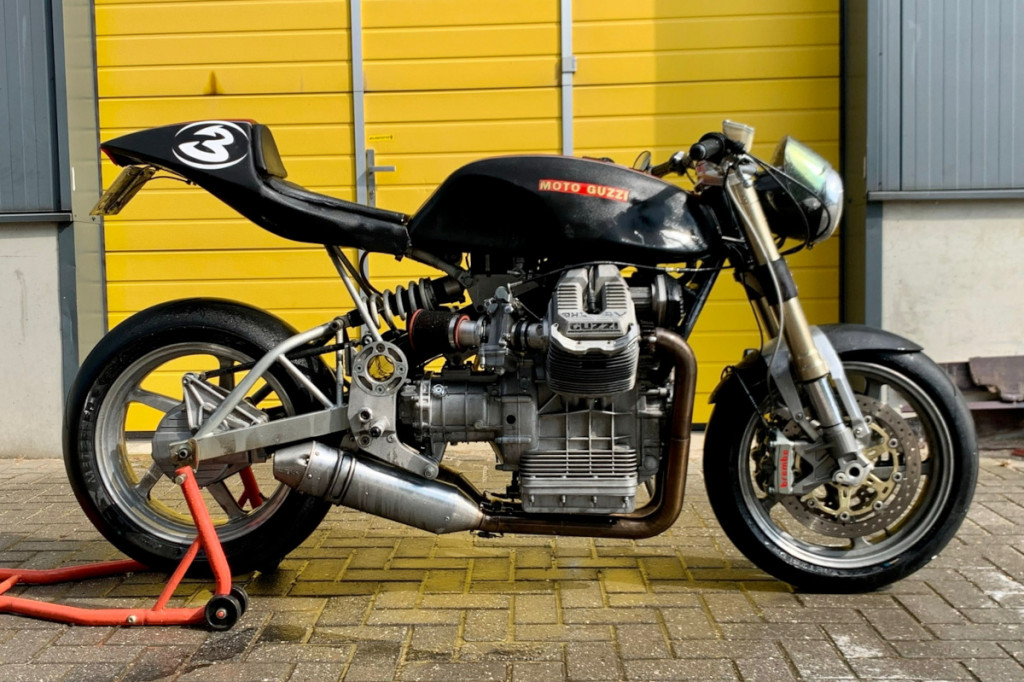
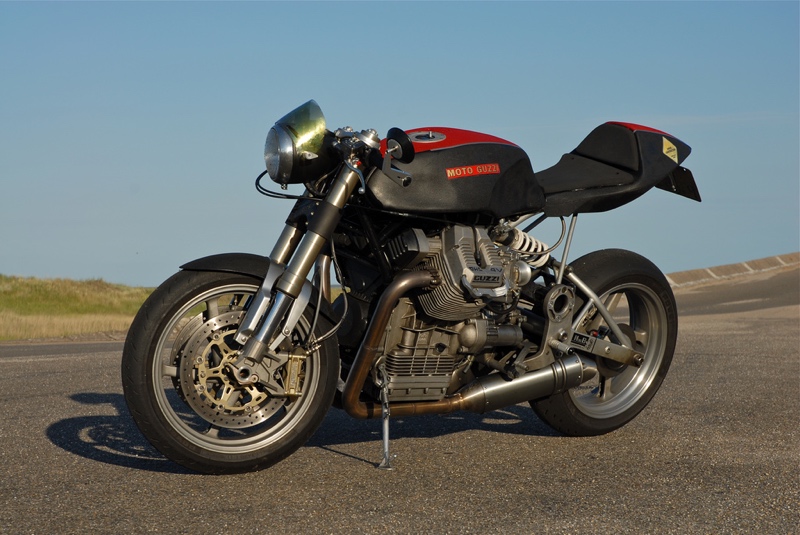








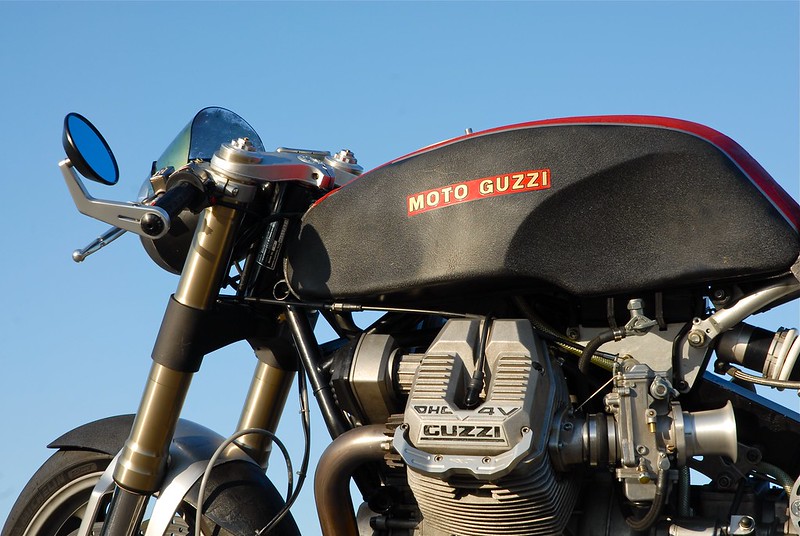



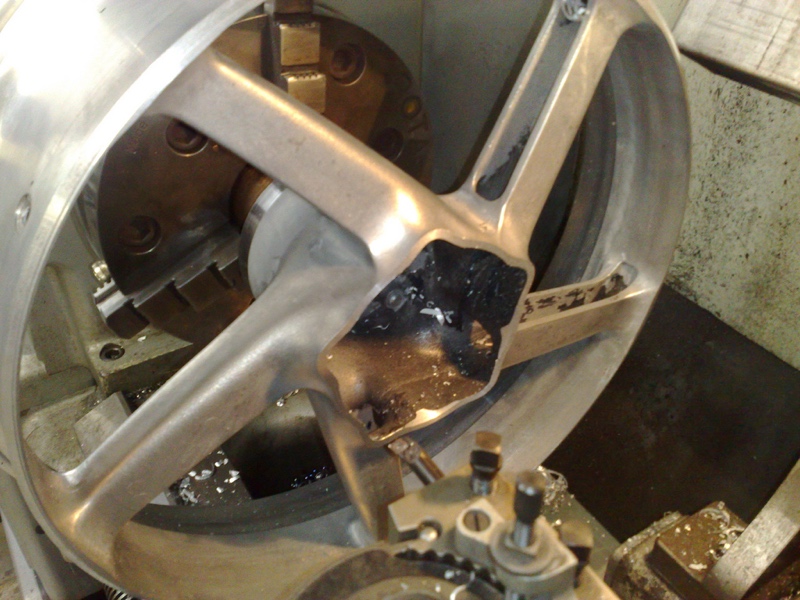





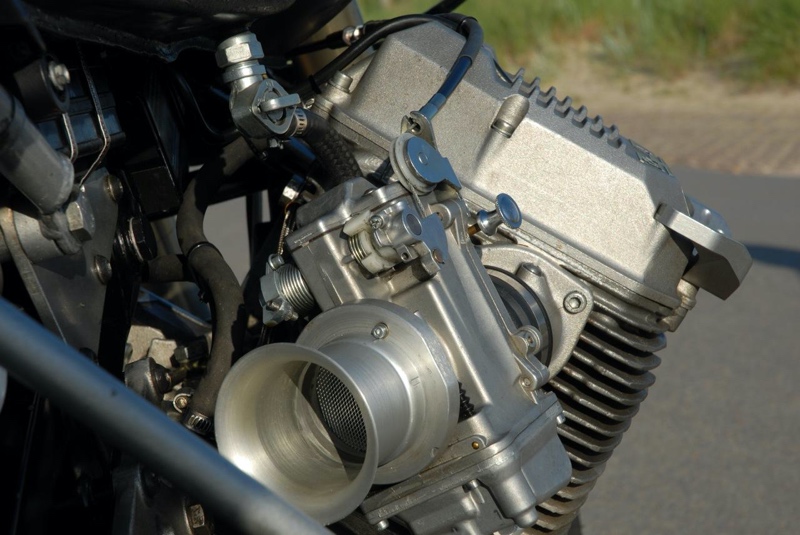

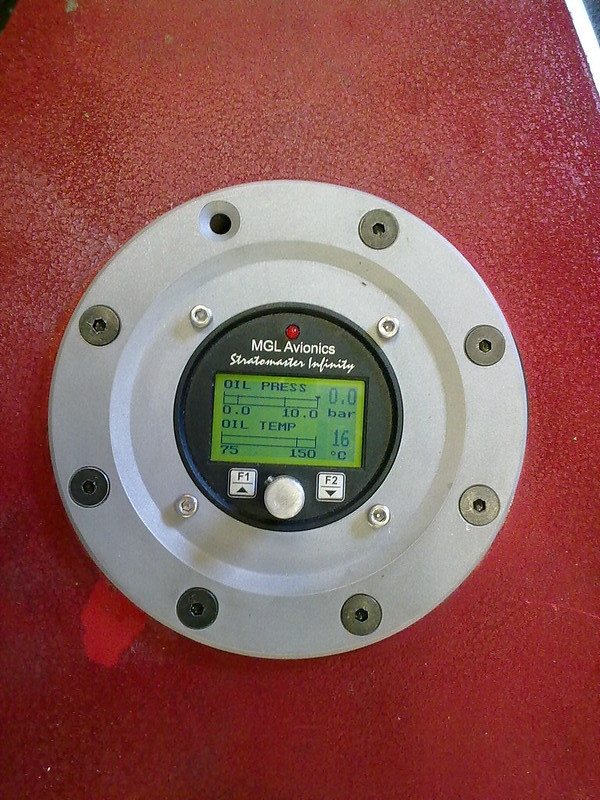

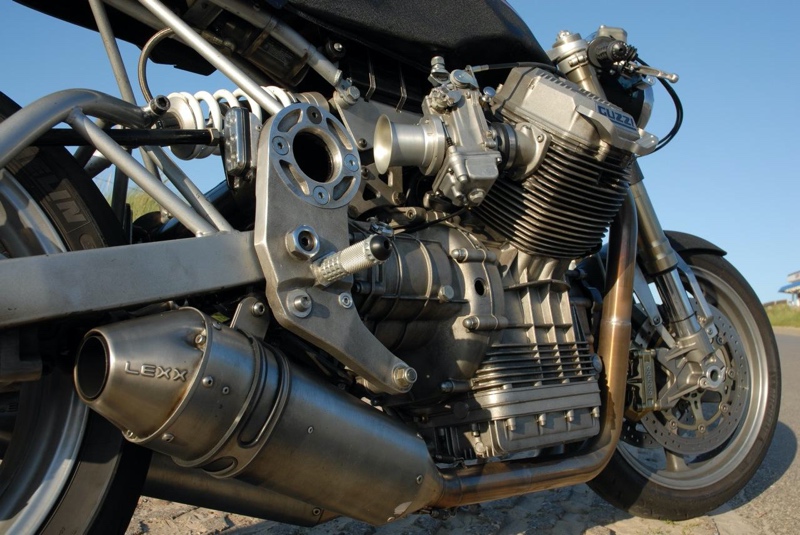








Daytonas are beautiful
This… Isn’t.
It’s a NO from me
I raced my H-D XR1000 against Dr John and was beat every time by Dale Quarterly riding it. Fast rider on a fast bike. Great memories of chasing his tailpipes. The Guzzi was very well done and re-engineered by skilled technicians and engineers.
The 1982 red Guzzi is beautiful.
The cafe racer of this article , well for one it’s not a cafe racer . Not in the sense of the original cafe racers of the 50’s . It’s a custom special built well beyond the ability of those British lads of yore .
Plus it’s ugly. Looks like got hit in the rear by a bus.
It’s not so much about how it looks, it’s about how it rides.
Great Guzzi. Dr John was a genius and friend. In 1977 We modified George Vincenzi’s crashed BOTT Guzzi T3. Willy Gregory won the Drag bike Modified Street eliminator Championship and set an NHRA record 11:18 at 121 mph. There was a poster. He still rides it to Bike shows. My 50-year-old Eldorado still runs good at 129,992 miles. Rode it 95 miles yesterday.